Merry Christmas & Happy New Year!
Christmas Deliveries: If you placed an order on or before midday on Friday 19th December for Christmas delivery it was despatched before the Royal Mail or Parcel Force deadline and therefore should be received in time for Christmas. Orders placed after midday on Friday 19th December will be delivered in the New Year.
Please Note: Our offices and factory are now closed until Monday 5th January when we will be pleased to deal with any queries that have arisen during the holiday period.
During the holiday our Gift Cards may still be ordered for any last minute orders and will be sent automatically by email direct to your recipient - see here: Gift Cards
Caister On Sea, The Lifeboat c.1960
Photo ref:
C450106


More about this scene
Once a strategic Roman station, this coastal village is now almost a suburb of Great Yarmouth. The town is renowned for the bravery of its lifeboat crew who responded to an urgent signal of distress in 1901. Nine crew were lost and a tribute to their courage and selflessness is to be found in the churchyard: 'Caister men never turn back, sir'.
An extract from Norfolk Photographic Memories.
Add to Album
You must be signed in to save to an album
Sign inShare This Photo
Buy a Print
Unframed, Mounted, Framed and Canvas prints in a range of sizes and styles.
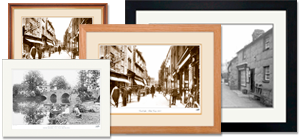
View Sizes & Prices
Featuring this image:
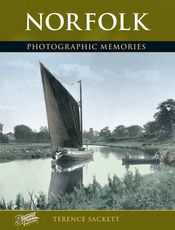
Norfolk Photographic Memories
The photo 'Caister-on-Sea, the Lifeboat c1960' appears in this book.
View BookA Selection of Memories from Caister-on-Sea
For many years now, we've been inviting visitors to our website to add their own memories to share their experiences of life as it was, prompted by the photographs in our archive. Here are some from Caister-on-Sea
Sparked a Memory for you?
If this has sparked a memory, why not share it here?

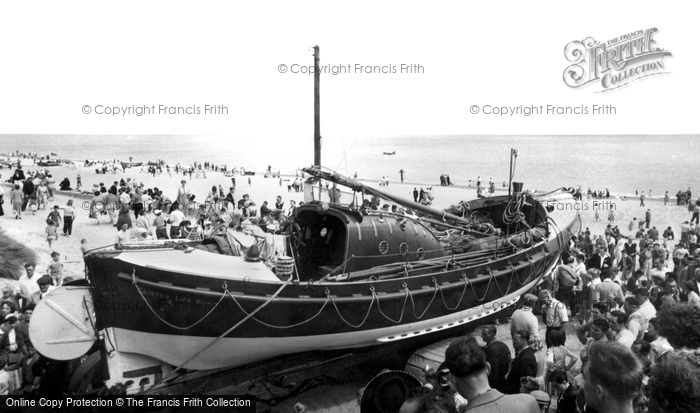
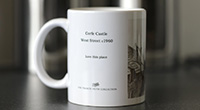
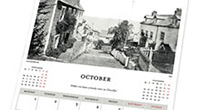
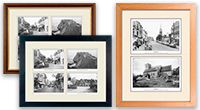
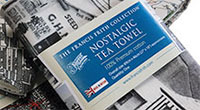
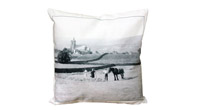
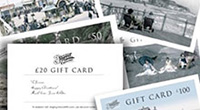
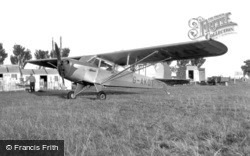
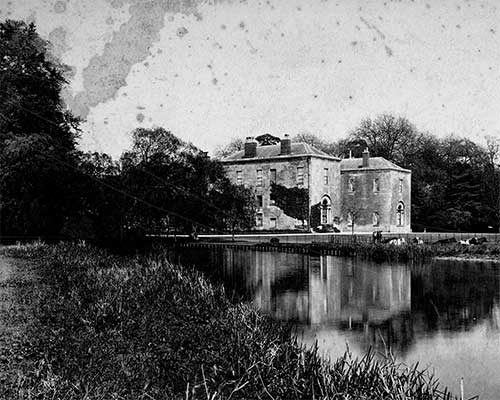 Before
Before
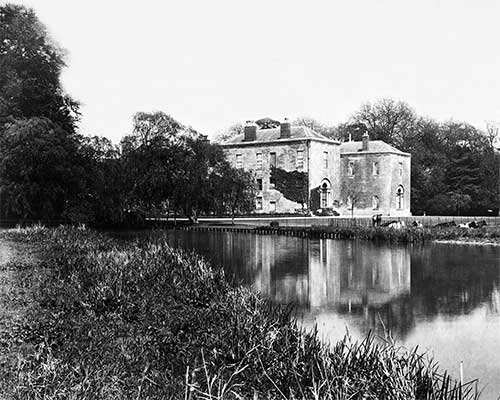 After
After